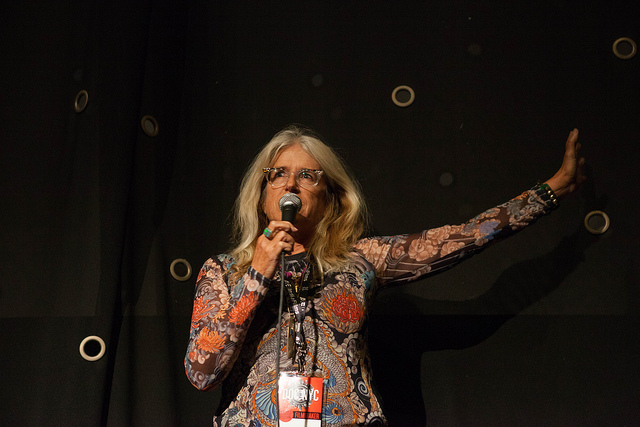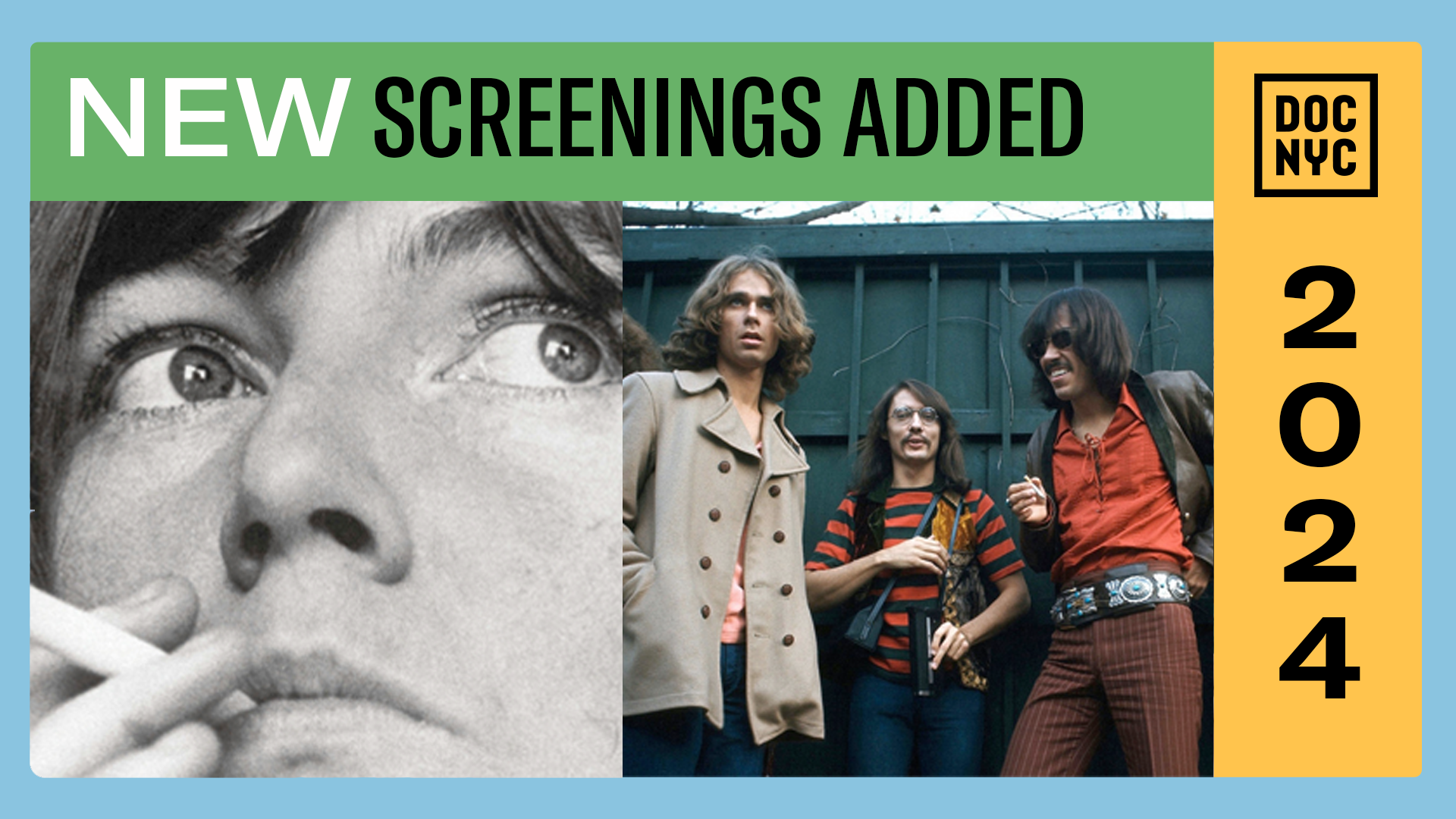Folk: Making Music the Old-Fashioned Way

This post was written by DOC NYC blogger Karen Backstein

Given the recording industry’s fondness for autotuning and electronically manipulated sounds, folk music might seem like something that belongs firmly in the past. But even without many commercial prospects, musicians keep strumming their guitars, plucking their banjos, and raising their voices in harmony. In her new film FOLK, director Sara Terry turns her lens on this lively musical subculture. The film’s title refers both to the music itself, as well as the tightly knit group of people who create it. Terry said the questions that interested her in making the film were: what does it mean to be human, what does it mean to have a community and how do artists maintain their creative identity when the mainstream doesn’t validate them?
Terry’s film follows several musicians across the country and abroad, capturing the folk festivals—sometimes akin to summer camp—where people come together to share their passion and forge connections over corn dogs and jam sessions. Performances take place in intimate spaces, including hotel rooms with listeners sprawled on the beds. Even an elevator ride becomes an opportunity for a spontaneous combustion of song. At the same time, we see a constant struggle—musicians spend months living out of cars, never seeing their home. They can only dream of appearing on a major television show like the “Late Show with David Letterman” or “Saturday Night Live.” One marriage nearly crumbles under the pressure.
There’s not even a music business dedicated to promoting folk, said Dirk Hamilton, a singer/songwriter whose witty lyrics and Dylanesque vocals almost made him famous. And that lack of support extended to the film itself; FOLK was partially funded using Kickstarter, and Terry admitted that it’s “amazing the film got made.” After hearing the performers’ exquisite harmonies and expert musicianship, one can only be glad it was.
Karen Backstein has taught cinema studies in a number of New York-area universities and her reviews have appeared in CINEASTE magazine, as well as in several academic journals and anthologies.


